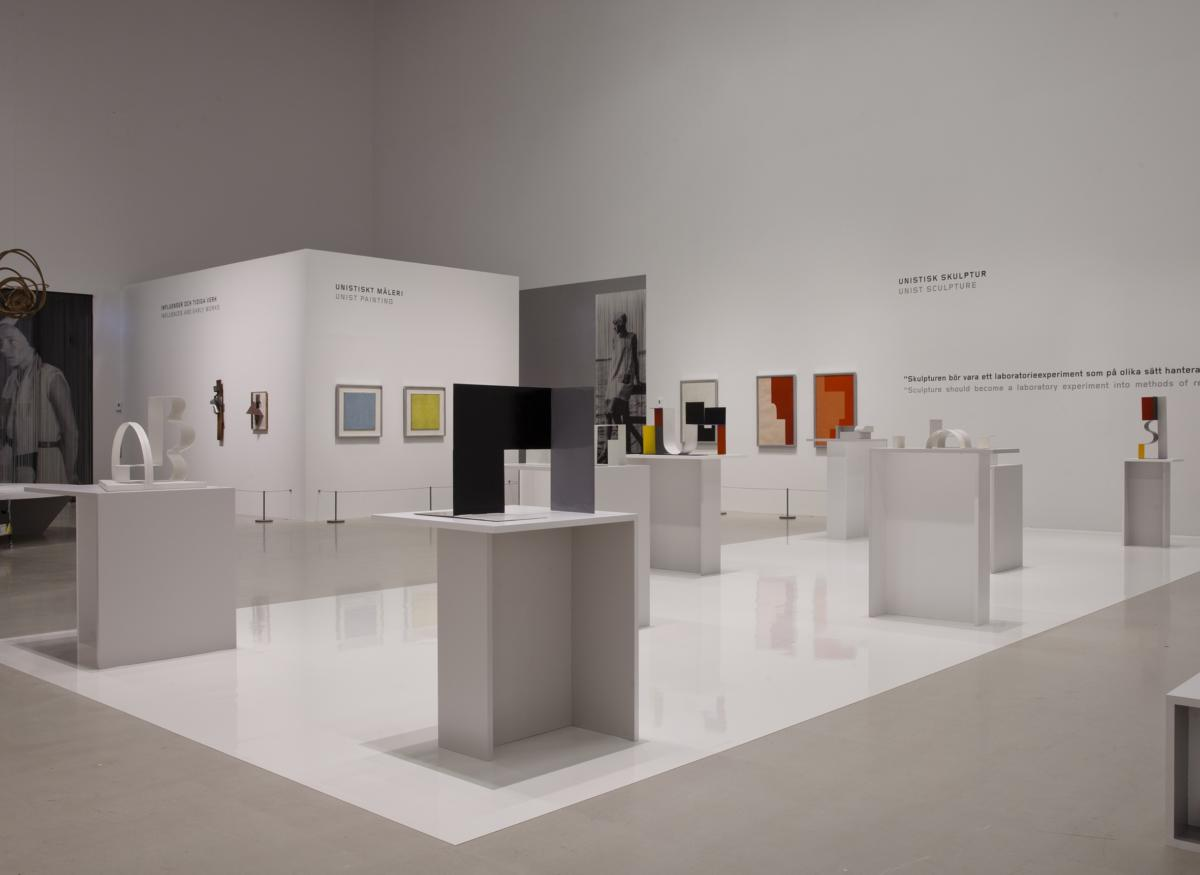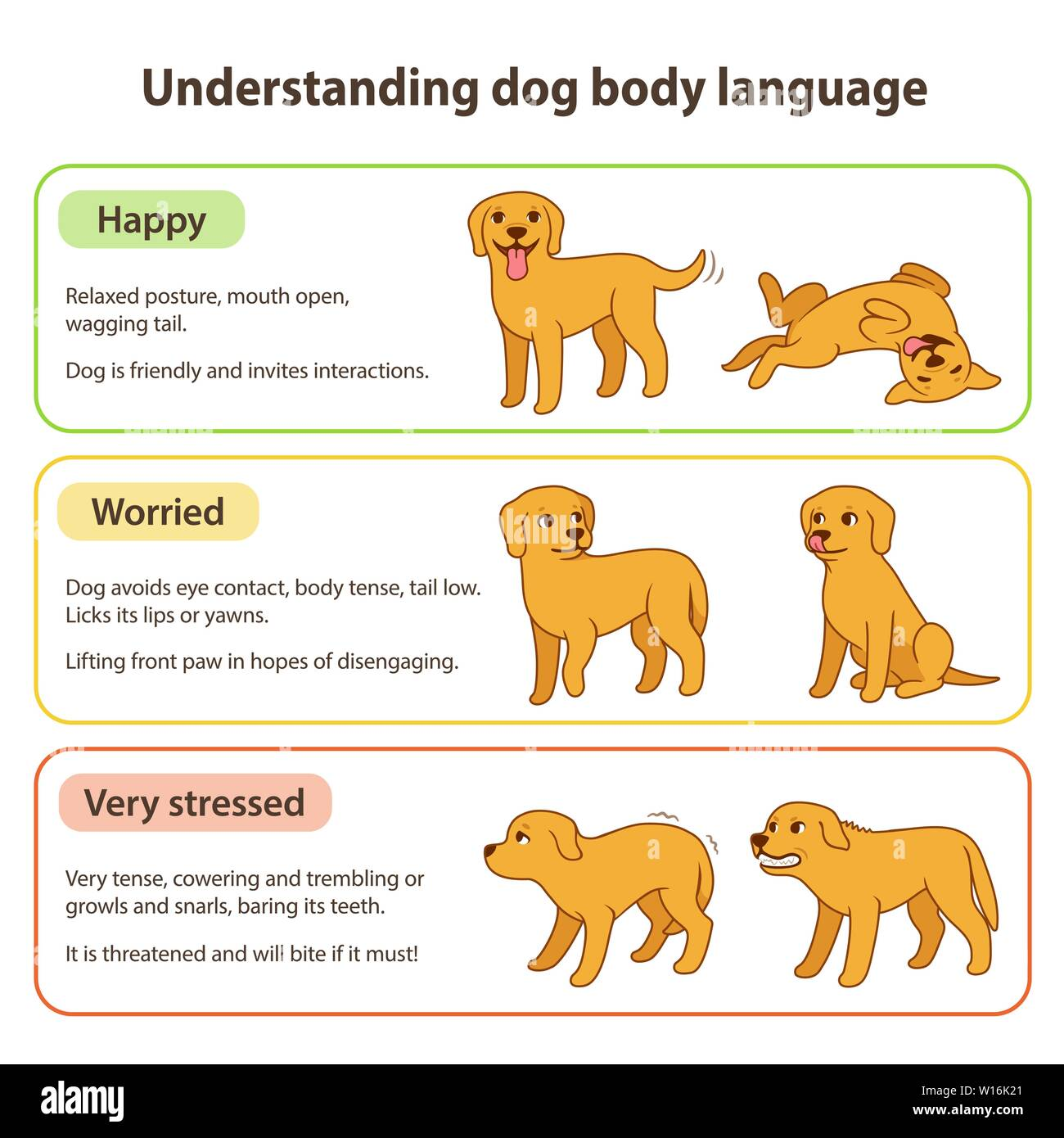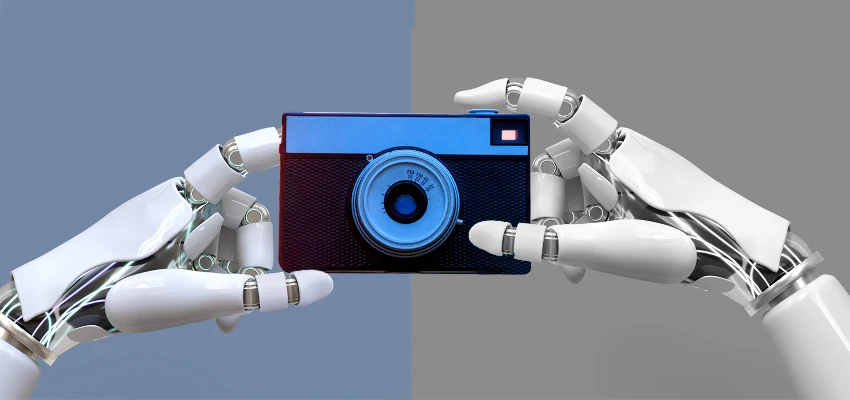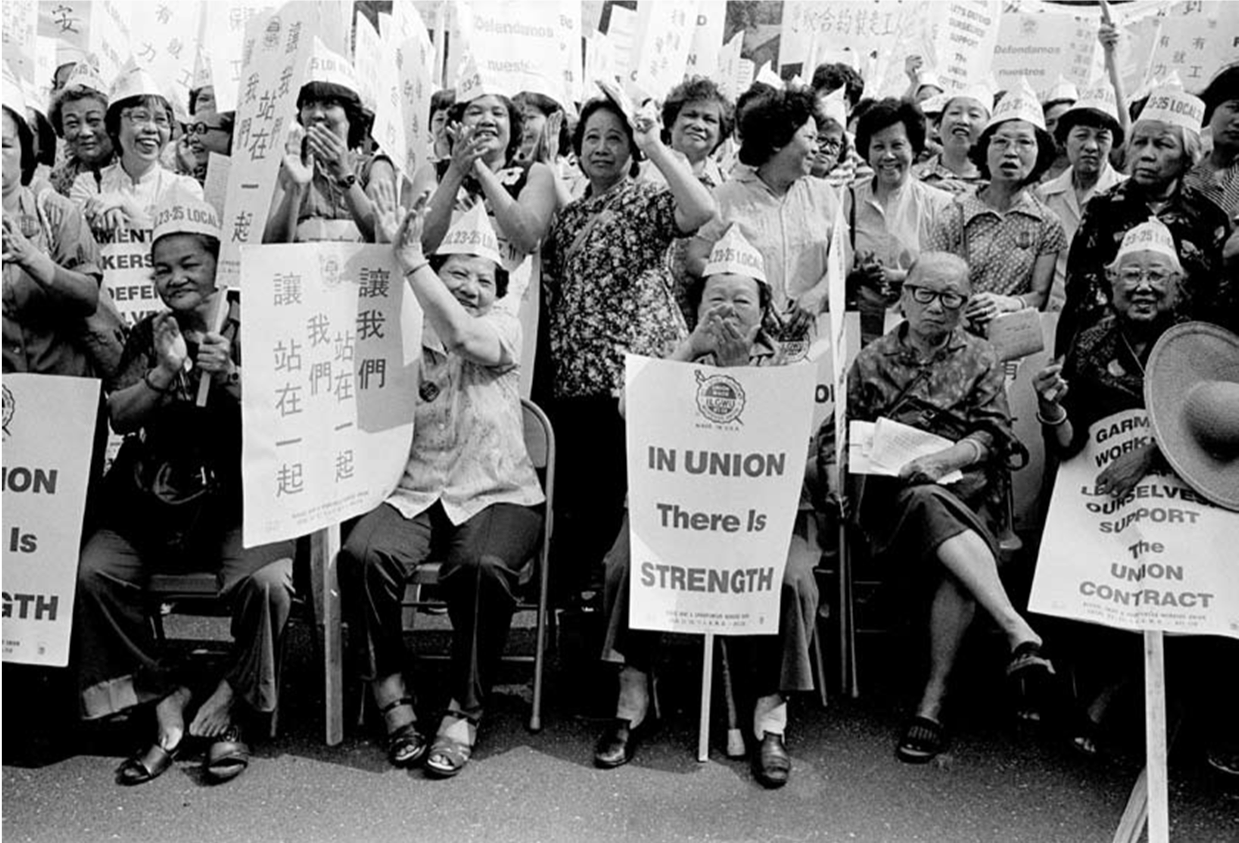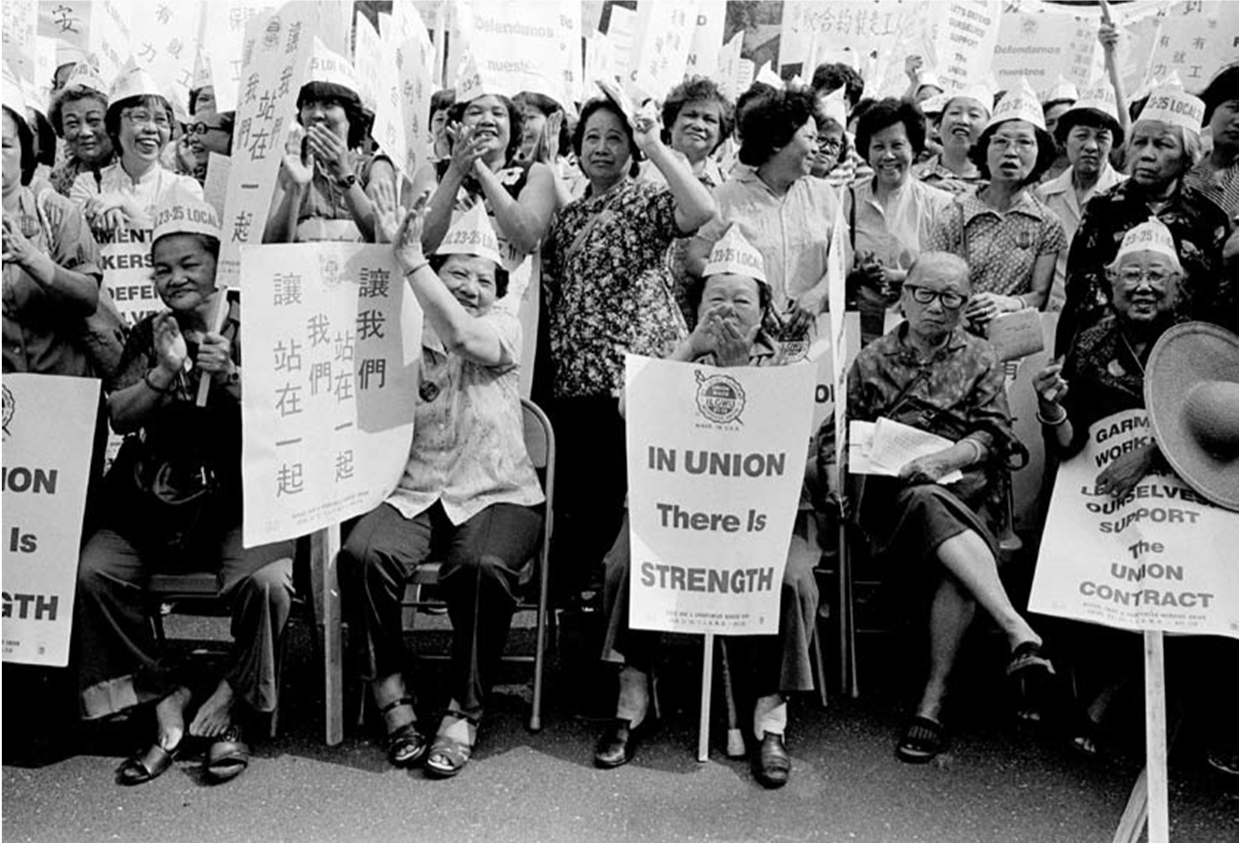Art in turbulent times serves as a powerful conduit for reflection and expression, capturing the collective unrest that defines eras of crisis. From the haunting canvases of Hieronymus Bosch to the bold strokes of Max Beckmann, artists have historically responded to political upheaval with works that resonate deeply with contemporary viewers. Joseph Koerner’s new analysis of these iconic pieces invites us to consider how art can be perceived as an omen during periods of chaos, grappling with the human condition under duress. In addressing themes of political unrest art, his insights reveal not just the struggles artists faced, but also the universal truths that transcend generations. As we delve into the motivations behind these masterpieces, we uncover how art continues to illuminate our path through uncertainty and conflict.
Exploring artistic expression amid societal upheaval reveals a landscape rich with symbolism and meaning. During periods of strife, the creations of artists often embody the complexities of human emotion, offering a lens through which we can examine the connection between art and crisis. The works of renowned figures, such as Bosch and Beckmann, provide not only visual impact but also a profound commentary on the state of their times. Analyzing these pieces allows us to experience art as a reflection of our contemporary struggles, where each brushstroke can represent the hopes and fears of a society on the brink. By understanding art as a form of reflection during unrest, we can appreciate its power as both a transformative force and a mirror to our collective consciousness.
Understanding Art as Omen in Chaotic Times
Art has often served as a mirror reflecting the tumultuous eras in which it was created. In Joseph Koerner’s analysis, he articulates how artists like Hieronymus Bosch and Max Beckmann crafted pieces that resonate with the political and social unrest of their times. In turbulent periods, such artworks can be interpreted as omens, providing both a warning and a guide for contemporary viewers. The powerful symbolism in Bosch’s “The Garden of Earthly Delights,” for instance, captures layers of societal anxiety, eternal struggle, and moral ambiguity that remain relevant across generations.
In the context of today’s political unrest, revisiting these works allows us to glean insights into our own crises. The seemingly timeless nature of these pieces prompts questions about their intent and impact: Are they merely reflections of the past, or can they serve as warnings for the future? As individuals navigate modern challenges, the relevance of art as omen is underscored by the need for interpretation and understanding, making Koerner’s exploration a vital discourse on the relationship between art and society.
Joseph Koerner’s Exploration of Political Unrest in Art
Joseph Koerner’s latest work offers a profound look at how art interacts with the sociopolitical landscapes of its time. By focusing on significant pieces like Beckmann’s bold self-portrait, Koerner demonstrates how these artworks encapsulate the feelings of despair and determination that arise during periods of instability. Beckmann’s art, created during the upheaval following World War I, embodies a sense of urgency and a struggle for identity, making it a powerful commentary on the need for resilience in the face of adversity.
The book illustrates that political unrest does not merely suppress creativity; it often fuels it. Artists become conduits of expression, channeling the chaos around them into their work. Koerner highlights how this artistic response can be understood as an omen, not just of despair but also of the hope for renewal in post-crisis societies. The confluence of turbulence and artistic creation serves as both a historical reflection and a guiding star for future generations.
The Role of Hieronymus Bosch in Contemporary Discourse
Hieronymus Bosch’s works have resurfaced in contemporary discussions as we grapple with ongoing societal tensions. Koerner’s revelations about Bosch point to the artist’s ability to capture the confusion of his time while simultaneously providing a framework through which modern viewers can project their own experiences. In the light of political unrest, Bosch’s ambiguity regarding who the enemy is speaks to a universal struggle — the challenge of discerning truth amidst chaos.
The interpretation of Bosch’s art as a cipher for modern crises elevates his work beyond mere historical analysis; it invites a dialogue about our own perceived threats and moral dilemmas. Just as Bosch’s viewers once searched for answers in his intricate imagery, today’s audience finds themselves turning to art for understanding, resilience, and even catharsis. This continuity of artistic relevance underscores the idea that the lessons woven into Bosch’s paintings are not confined to their time but resonate deeply with current existential challenges.
Max Beckmann: Art as a Beacon in the Storm
Max Beckmann, through his striking self-portrait, embodies the concept of the artist as a beacon in chaotic times. His portrayal during a period characterized by political instability presents the artist not only as an observer of turmoil but as an active participant in the dialogue. The manifestation of deep emotions through simplicity and intensity invites viewers to reflect on their own circumstances. Beckmann firmly believed in the power of art to restore balance amidst chaos, revealing his conviction that creativity can guide societies through periods of disruption.
In examining Beckmann’s self-portrait and the socio-political context of its creation, it becomes clear that art, like history, is often a response to crises. By reclaiming a sense of agency through art, Beckmann’s work resonates with today’s audiences, urging them to confront their realities alongside the artist. This interaction highlights the role of art in not just recording history but actively shaping our understanding and response to the conditions of our world.
Art in Turbulent Times: Lessons for Modern Audiences
As we navigate our current climate of unrest and division, the lessons embedded in turbulent art become more significant. Koerner’s exploration of how creators like Bosch and Beckmann responded to their sociopolitical surroundings emphasizes that art is not simply an escape from reality but a profound reflection on it. In engaging with these works, modern audiences can derive essential strategies for dealing with contemporary issues, illustrating the timeless relevance of art.
Art’s ability to encapsulate the spirit of its time allows it to serve as both a historical record and a prophetic commentary. By examining pieces born out of strife, viewers are encouraged to confront their own challenges with clarity and resolve. This dynamic interplay between past and present empowers individuals to draw strength from the narratives presented in art, further solidifying the notion that during times of chaos, creation becomes an act of resilience and hope.
Navigating the Complex Relationship Between Art and Society
The relationship between art and society is a complex, dynamic one, particularly in moments of upheaval. Koerner’s study highlights how artworks can oscillate between being perceived as threats and sources of guidance. This duality reflects the precariousness of life in politically charged environments where the act of creation simultaneously exists as an assertion of resistance and a cautionary tale. Understanding this relationship allows viewers to appreciate the nuances of artistic expressions during times of siege.
The discourse surrounding political unrest art reveals deeper societal undercurrents, where artists become interpreters of collective fears and aspirations. By examining the historical context behind these works, audiences can glean insights into how narratives of hope and despair coexist. Engaging with art from troubled times not only enhances our understanding of history but also equips us with the emotional tools needed to confront present uncertainties, revealing that art’s relevance extends far beyond its aesthetic qualities.
The Ongoing Relevance of Art Amidst Political Unrest
The interplay between art and political unrest remains a crucial topic of discussion as societies grapple with various forms of dissent and discontent. As Joseph Koerner illustrates in his research, artworks serve as visual responses to the complexities of societal challenges. The lens through which we view these works can offer valuable insights into the ongoing struggles faced by communities today. Through this exploration, artists emerge not only as commentators but also as catalysts for change.
This ongoing relevance points to the necessity of art in times of turmoil; it acts as both evidence of historical movements and a source of inspiration for contemporary discourse. The motivations behind the creation of political unrest art emphasize the importance of reflection and dialogue in the quest for understanding amidst chaos. By acknowledging these contributions, we are reminded that art holds the power to shape narratives and inspire action within fractious societies.
Connecting Modern Society with Artistic Legacies
The study of art from periods of political unrest serves as a bridge connecting modern society to its artistic legacies. Koerner’s analysis encourages us to look beyond the surface of these works and probe the resonances they have with our current realities. The legacies of artists like Bosch and Beckmann illuminate the ways in which their experiences continue to inform our own, underscoring the cyclical nature of art and activism in society.
In drawing parallels between past crises and contemporary challenges, we can better appreciate the role of art in shaping collective consciousness. The insights gleaned from these artistic legacies invite reflection on our current responsibilities as consumers and creators of art. Thus, acknowledging these continued connections empowers modern audiences to cultivate a deeper understanding of how art can provoke change and foster resilience in turbulent times.
Art as a Reflection of Survival and Resistance
The concept of art as a reflection of survival and resistance is deeply entrenched in history, particularly during times of political struggle. Joseph Koerner’s work emphasizes the notion that art can serve as a testament to human resilience in the face of adversity. Works by Bosch and Beckmann, for example, illustrate not just the personal struggles of these artists but also the broader societal battles at play. This resilience resonates with audiences today, reminding us that art often emerges as a response to crises, providing comfort and hope.
In reflecting on the hardships faced during times of political unrest, these pieces take on a deeper significance for contemporary viewers. The existence of these artworks signals a refusal to be silenced or repressed; they express not only the pain of those times but also the determination to persevere. By studying such works, we can appreciate the power of art in safeguarding truths and fostering a sense of community amid chaos, ultimately revealing the unyielding spirit of humanity.
Frequently Asked Questions
How does art reflect political unrest in turbulent times?
Art serves as a powerful mirror of political unrest, capturing the feelings and reactions of individuals during turbulent times. Works created in response to upheaval, like those by Joseph Koerner examining Max Beckmann or Hieronymus Bosch, reflect the chaos and fear of the moment, often serving as both commentary and an omen for the future.
What can we learn from Joseph Koerner’s analysis of art during political turmoil?
Joseph Koerner’s analysis emphasizes how artists like Max Beckmann and Hieronymus Bosch interpreted their turbulent surroundings through their work. These artists created pieces that not only depicted the chaos of their times but also provided insights and reflections on human experience amidst political unrest, a theme that resonates today.
In what ways does Hieronymus Bosch’s work serve as an omen in turbulent times?
Hieronymus Bosch’s art, particularly pieces like ‘The Garden of Earthly Delights,’ is often seen as an omen during turbulent times, illustrating societal fears and existential threats. His ambiguous portrayal of enemies and chaotic scenes tends to invoke reflection on human behavior and morality in the face of unrest.
Why is Max Beckmann’s self-portrait significant in the context of art during turbulent times?
Max Beckmann’s ‘Self-Portrait in Tuxedo’ is significant as it reflects the struggles in post-WWI Germany, where political chaos was rampant. Beckmann’s ability to convey intensity and emotional depth in times of strife highlights the role of art as both a reaction to and a commentary on societal challenges.
How does the concept of ‘art as omen’ enhance our understanding of historical events?
The concept of ‘art as omen’ enhances our understanding of historical events by illustrating how artists respond to political unrest, using their works to navigate and reflect on the uncertainties of their time. This perspective allows us to see art not just as an aesthetic experience but as a vital dialogue with the pressing issues of its era.
What role does art play in shaping perceptions during times of crisis?
Art plays a crucial role in shaping perceptions during times of crisis by serving as a vehicle for expression and reflection. Works from artists like Joseph Koerner’s subjects reflect the anxieties of their times, often influencing public sentiment and acting as catalysts for discussion and understanding of the underlying political unrest.
Can studying art from turbulent periods provide insight into contemporary issues?
Yes, studying art from turbulent periods can provide invaluable insight into contemporary issues by revealing recurring themes of conflict, despair, and resilience. The insights gathered from historical works, such as those of Bosch and Beckmann, aid in understanding current political and social dynamics.
How did the response to art change during periods of political upheaval?
The response to art often intensifies during periods of political upheaval, with audiences seeking meaning and solace in the works reflecting their turmoil. Artists like Bosch and Beckmann evoke powerful emotions that resonate with viewers, establishing a deeper connection between art and societal experiences in times of unrest.
What impact does political context have on the interpretation of Max Beckmann’s artwork?
The political context significantly impacts the interpretation of Max Beckmann’s artwork, as his pieces are often embedded with the tensions and struggles of his time. The chaos of post-WWI Germany informs viewer interpretations, allowing for a richer understanding of his message about the restoration of order and the artist’s role in it.
How do artworks become symbols of resistance during turbulent times?
Artworks become symbols of resistance during turbulent times by embodying the struggles and aspirations of marginalized voices. Artists like Bosch and Beckmann used their creative expressions to critique power structures and inspire hope, making their works enduring legacies during political unrest.
| Key Topic | Summary |
|---|---|
| Art in Turbulent Times | Joseph Koerner’s book examines the role of art during periods of political unrest, analyzing how it reflects societal fears and uncertainties. |
| Key Artists and Works | The book focuses on three pieces: Hieronymus Bosch’s “The Garden of Earthly Delights,” Max Beckmann’s “Self-Portrait in Tuxedo,” and William Kentridge’s animated work. Each represents artists responding to their tumultuous contexts. |
| Themes Explored | Koerner discusses the ambiguity of enemies portrayed in art, the interpretation of artworks, and the projection of personal experiences onto art during crises. |
| Historical Context | Art during turbulent times reflects societal chaos and often provides commentary or insight into political issues, highlighting the artist’s role in society. |
Summary
Art in turbulent times serves as a powerful lens to understand societal fears and reflections. Joseph Koerner’s exploration underscores how artworks created in the chaos of political unrest can act as both omens and guides. Through analyzing pieces from Bosch to Beckmann, we see how these artists navigate their realities and provoke reflection in their audiences. Ultimately, art reminds us that even in states of siege, creativity endures, inviting us to engage with the complexities of our existence.

